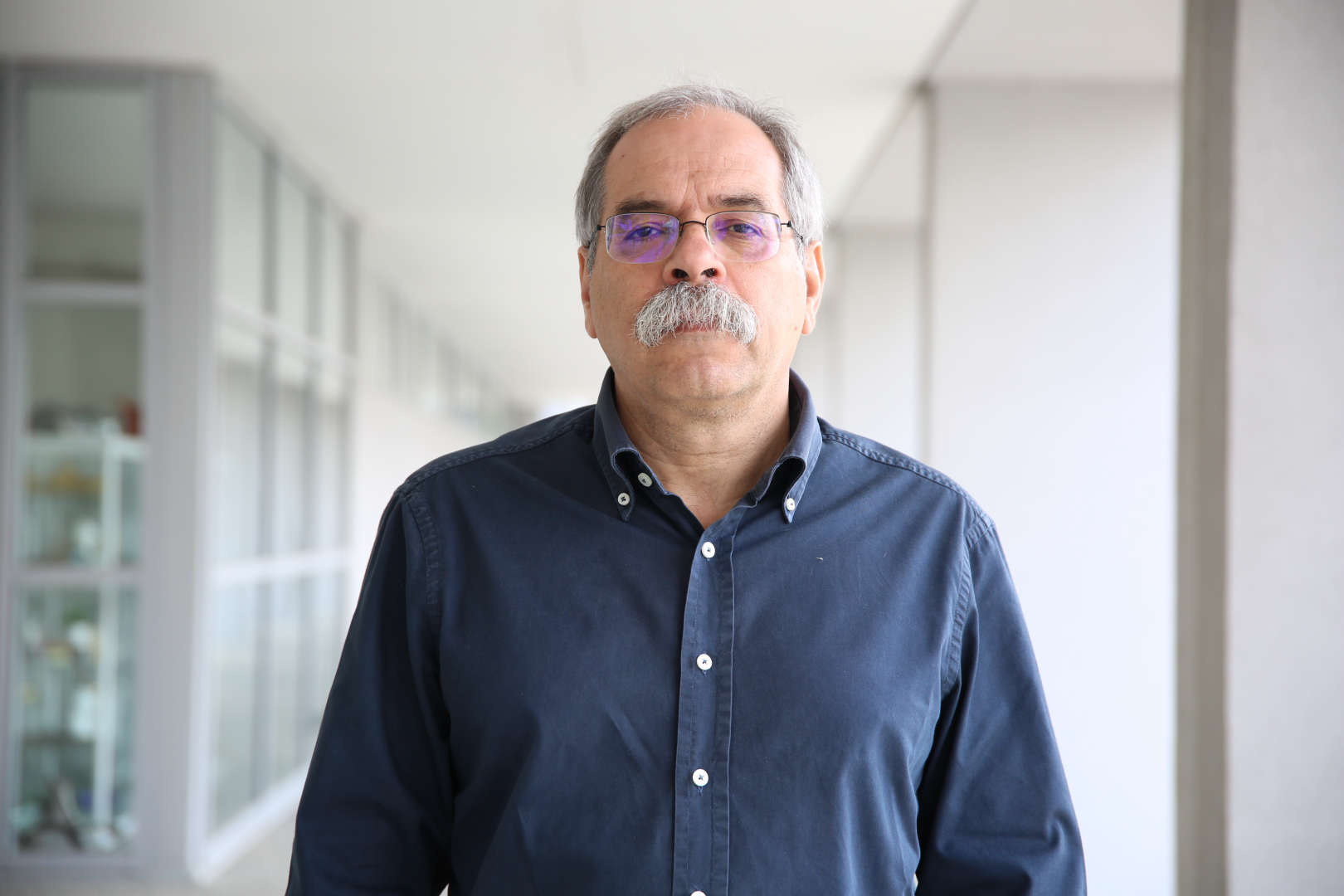About
I got a Ph.D. in Electrical and Computers Engineering, at Universidade of Porto, in 1994.
I am currently Associate Professor at the Electrical and Computers Engineering Department, Engineering Faculty of the University of Porto (FEUP), where I teach in the areas of communication systems and signal processing.
I am a Researcher at INESC TEC since 1985 and my research interests include image and video processing and computer vision.


